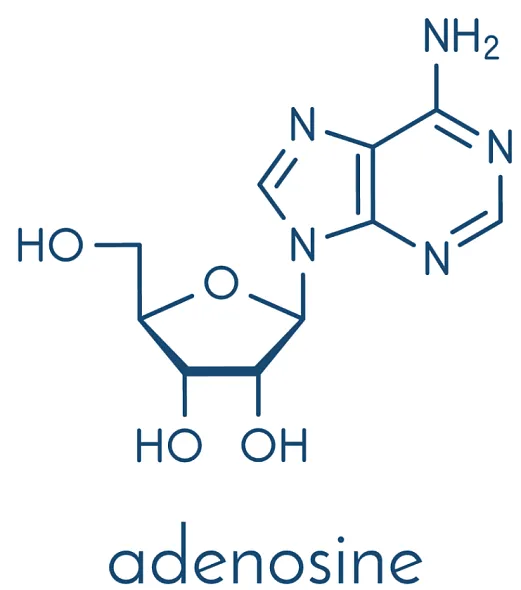Purine Based Nucleoside Mimetics Library
ChemDiv’s Purine-Based Nucleoside Library contains 1,300 compounds.
Purinergic signaling, a concept first proposed over 30 years ago by Burnstock, highlights the role of purine nucleotides and nucleosides as extracellular messengers. Among these, the purine nucleoside adenosine plays a neuromodulatory role in the brain, being directly involved in metabolism, cellular communication, and DNA methylation. Adenosine and its metabolites signal through various receptors, leading to significant intracellular effects. Adenosine, also pivotal in energy processes, is implicated in the regulation of pain. Altering the activity of adenosine A3 receptors, which stimulate GABA production, can attenuate pain signals [1].
Another purine nucleoside, guanosine acts as an endogenous modulator of glutamatergic excitotoxicity, promoting in both in vivo and in vitro models of neurotoxicity. It was found to prevent seizures induced by the NMDA receptor agonist quinolinic acid and to reduce cell death in the rat striatum. Moreover, guanosine modulates glutamate transporter activity, enhancing astrocytic glutamate uptake while reducing its accumulation in synaptic vesicles. This nucleoside also protects against glutamate-induced cell death in rat hippocampal slices through a mechanism that involves activation of the PI3K/Akt pathway, inhibition of GSK-3β, and suppression of inducible nitric oxide synthase [2].
Due to their key role in cellular signaling and metabolism, purine nucleosides have emerged as significant targets in drug discovery. They possess therapeutic potential for numerous pathologies, including neurological disorders, cardiovascular diseases, and cancer, as it modulates the key biological pathways. Specifically, the modulation of purinergic receptors by synthetic analogs/mimetics of purine nucleosides leads to the development of novel drugs with improved specificity and efficacy.
References:
[1] J. A. Hubbard and D. K. Binder, Adenosine Metabolism. 2016.
